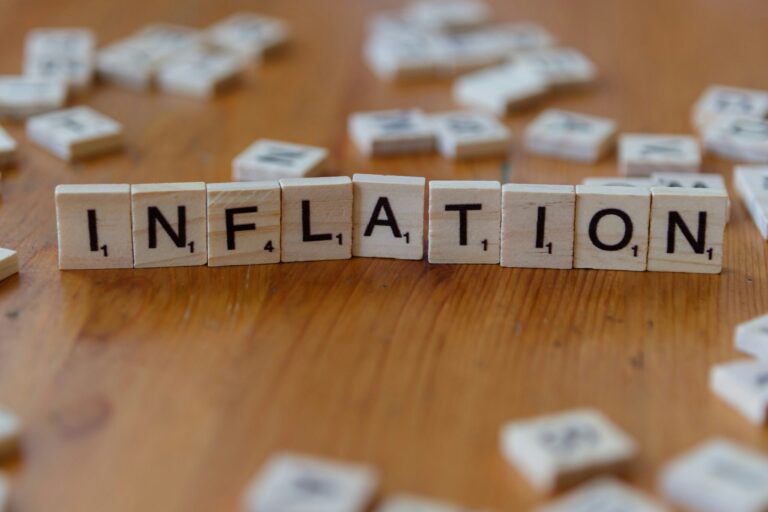In a move that has caught the attention of financial markets, the Federal Reserve signaled the possibility of reducing interest rates by 25 basis points during its December meeting. This decision comes as inflation continues to run above the central bank’s 2% target, with recent data showing only a slight reduction in price pressures. Although the inflation rate ticked up slightly in October, there is growing optimism among investors that the Federal Reserve will take action to ease the financial burden on households and businesses.
Despite inflationary pressures remaining a key concern, the Federal Reserve’s statement indicates that it is adopting a cautious approach to its monetary policy. The central bank appears determined to strike a delicate balance between controlling inflation and supporting continued economic growth. The hope is that a modest rate cut would foster conditions favorable for job creation, investment, and overall economic expansion.
A 25-basis point rate reduction could signal the Fed’s readiness to make policy adjustments if economic conditions warrant it. While inflation may still be a challenge, there is a recognition that a higher interest rate environment could stifle growth and further exacerbate economic pressures. The Federal Reserve’s stance indicates that it is closely monitoring inflationary trends, labor market conditions, and economic activity to determine the appropriate course of action.
Investors, particularly in the equity markets, have expressed optimism that the Fed’s potential policy adjustment will provide some relief, especially as concerns over an economic slowdown persist. This comes after a year of rising interest rates, which have already impacted mortgage rates and borrowing costs for consumers and businesses alike. A rate cut, even a small one, would provide some relief, although it may not immediately reverse the challenges brought on by inflation.
The Federal Reserve’s decision-making process will continue to be closely scrutinized, with expectations for further action in 2025 if inflation remains stubbornly high. In the meantime, businesses and consumers will likely face an uncertain economic climate as the central bank carefully navigates its monetary policy strategy.


